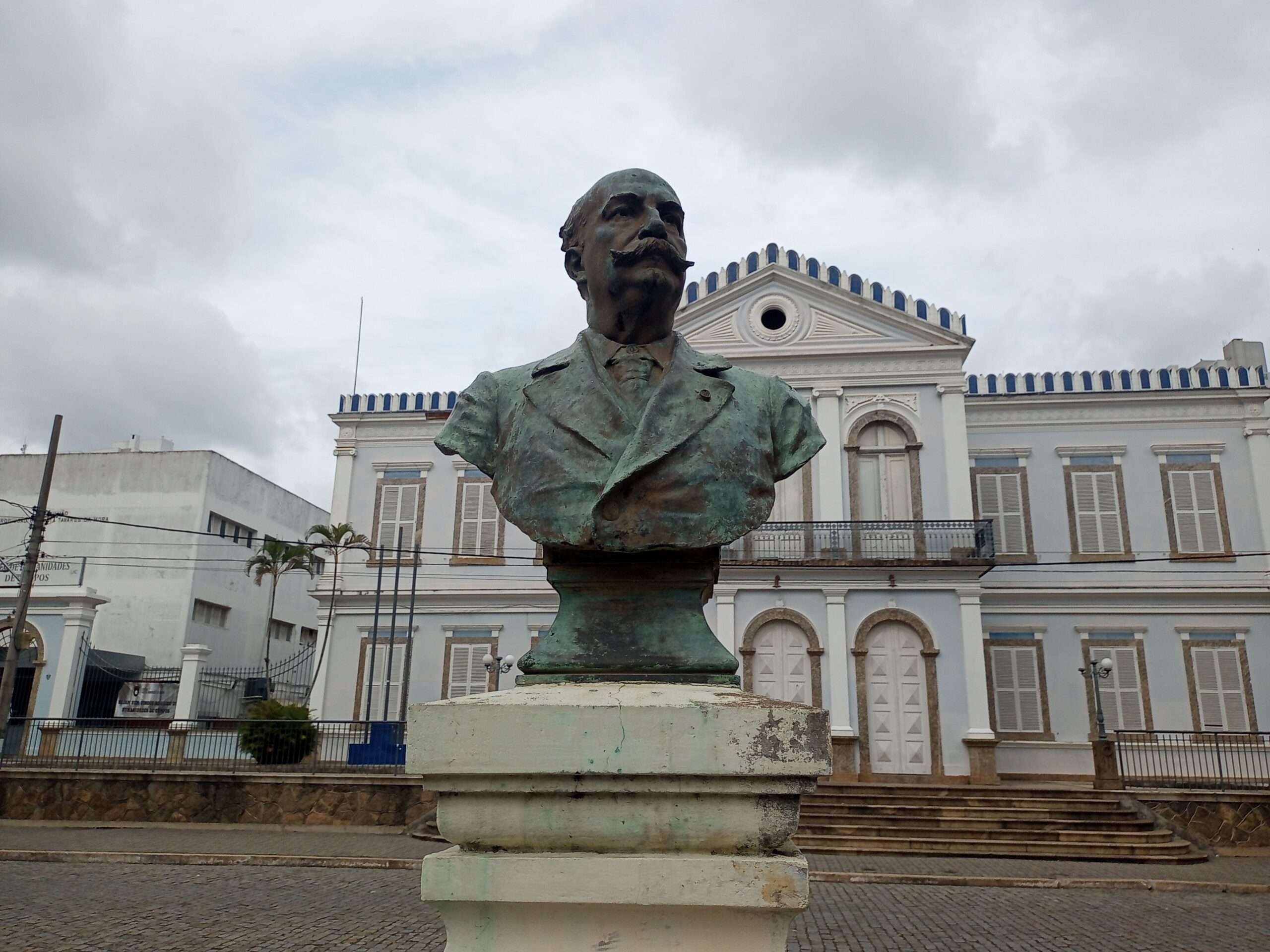Chronicling the Journey and Struggles of Trade Unions in Guyana
A. Philip Randolph, American labour unionist and civil rights activist, once established that the core purpose of trade unions is to bring about social progress. He noted that labor movements have consistently served as a sanctuary for those deprived, scuffed, ignored, suppressed, and impoverished. In Guyana, from 1919, with the creation of the British Guiana Labour Union (BGLU), about 160 unions have been active according to bibliographic information.
Contrarily, the saga of unionism in Guyana doesn’t follow a linear or heroic narrative. The journey has been intricate and often brimming with challenges, moulded by sustained endeavours and significant hurdles. The struggle is continuous and is spearheaded by workers striving to obtain their rightful entitlements.
These workers have shown resistance against oppressive employment practices such as sweatshops, child labour, excessive working hours, unsatisfactory wages, and dangerous working conditions. Most of these practices are deeply entrenched in the socio-economic fabric post-emancipation. It’s this environment which fomented a unique labour movement during the early 20th century, greatly influencing the country’s journey towards political reform, independence and even afterwards.
The BGLU witnessed a swift growth by 1920, amassing about 13,000 members primarily due to Critchlow’s magnetism and relentless organizing. The union managed to achieve significant breakthroughs, including an eight-hour workday for waterfront workers, and began expanding into rural regions.
The initial spark that led to the establishment of the BGLU was the growing solidarity among workers, especially dock workers, and the urge to rebound from defeats inflicted by imposing employers such as Sprostons. Even with the daunting challenges ahead, the BGLU continued to play a pivotal role in national issues.
The BGLU organised campaigns for the regulation of skyrocketing rents after witnessing an 80% increase between 1914 and 1922. The union also struggled against exorbitant living costs, and advocated for improved treatment of domestic workers. Even though immediate outcomes were limited, these initiatives served as a catalyst to reinforce local and global worker solidarity.
The union found itself in troubled waters during the 1930s as the membership commenced to drop. In the same timeframe, the BGLU held a significant May Day Rally, during which two resolutions unanimously passed achieving marked attention.
The period of the 1970s and the beginning of the 80s was characterised by strained relations between the trade unions, the state, and corporations, often leading to conflicts. A noteworthy event occurred in 1977, when the Guyana Agricultural and General Workers Union (GAWU) initiated a 135-day strike, the longest in the nation’s trade union chronicle.
The strike was a direct response to the government’s sugar tax of 1974, which was perceived as unfairly eroding workers’ compensation from the sugar industry. The re-emergence of the PPP in the government in 1992, however, failed to reconcile the relations between the state and the labour and labour unions.
The existing system seems to lean towards profitability and competition more than equality and unity. However, the labour unions persist in their resistance. A recent instance is the Guyana Teachers Union’s strike concerning wages and other related issues and the consequent unfavourable outcome for the teachers, which exposes the precarious state of collective bargaining, the erratic nature of unity, and the prevailing fear among the general work force and union leaders.
However, the historical influence of leaders like Hubert Critchlow, Ashton Chase, Joseph Pollydore, Richard Ishmael, Andrew ‘Stonewall’ Jackson, Harry Lall, A A Thorne, Jung Bahadur Singh, Leslie Melville, Wilfred Edun, H J M Hubbard, Ivan Edwards, George DePeana, Dr J P Lachmansingh, Jane Phillips-Gay, Gordon Todd, and Komal Chand, and their contribution to the partnering unions has left an enduring imprint on Guyanese society.
These leaders represented national and international worker solidarity, and the impact of their work still lingers in the society. Their past efforts provide the foundation upon which modern day trade unions in Guyana continue to strive for doing right by the workers.
Though today’s trade unions face many challenges, their continued presence in Guyana is a testament to longevity and resilience, showing that the spirit of their founders still drives their efforts to uplift workers. The continuing struggle of these trade unions exemplifies their ongoing commitment to social upliftment, testifying to A. Philip Randolph’s statement about trade unions being the haven for the dispossessed and the downtrodden.

